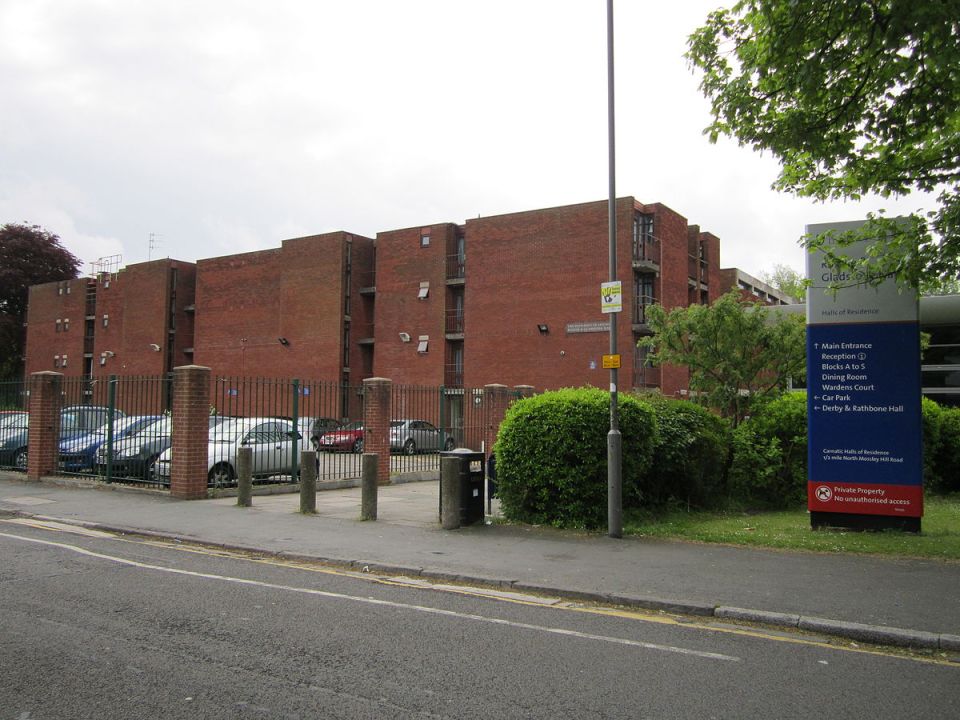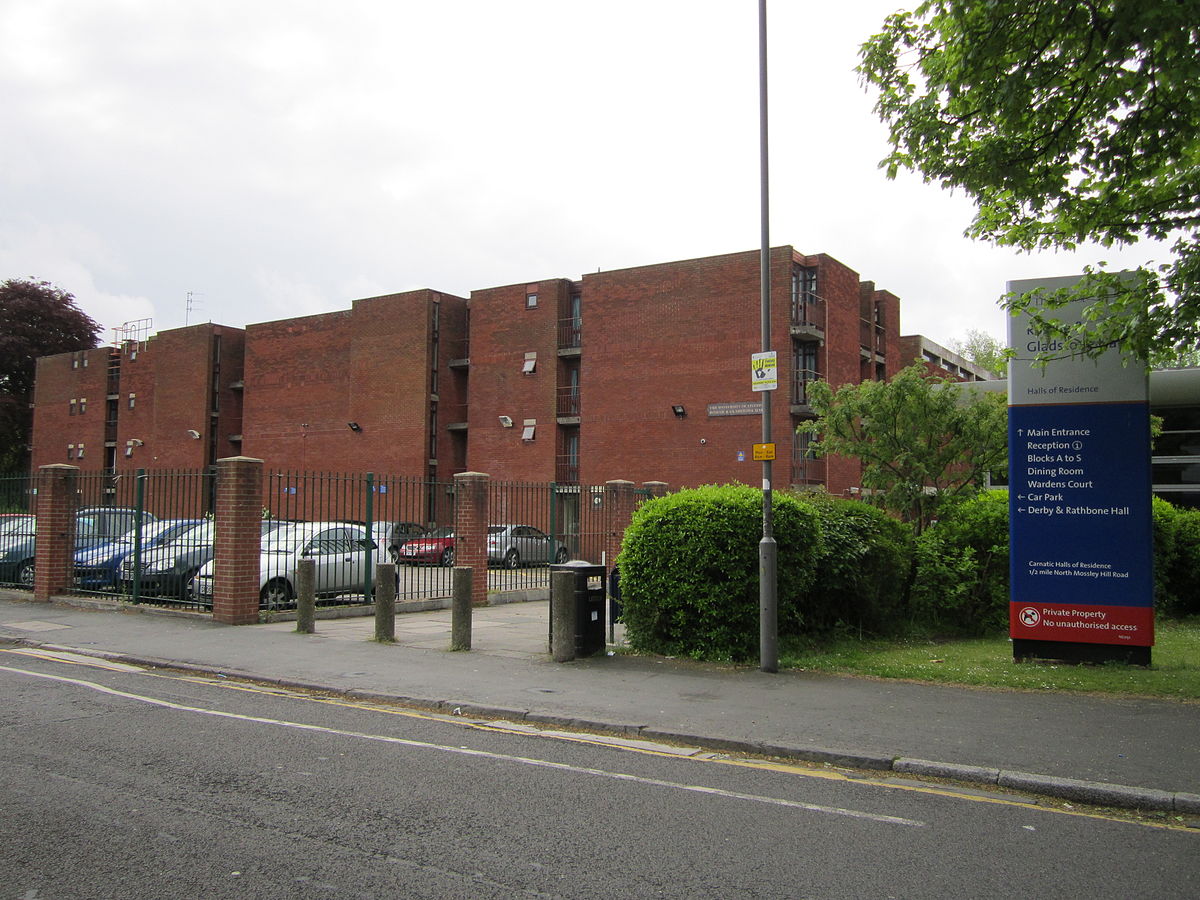After the fall of the statue of slaver Edward Colston in Bristol, it was only a matter of time before attention turned, once again, to England’s other great slave-trading city of Empire, and the figures behind it.
William Gladstone is one of Liverpool’s most famous sons. One of the great Liberal politicians of the age, he was prime minister on four separate occasions in the mid to late 1800s. There are a few reminders of this dotted across the city today, but the most notable are the halls of residence that bear his name, belonging to the University of Liverpool.
The university has now announced that it will rename the halls after receiving a letter from a group of students demanding it be changed. The petitioners demanded the university ‘stop normalising people like William Gladstone’ by naming parts of the campus after him.
Exactly how you can prevent the ‘normalising’ of the country’s only four time prime minister, who has been dead for well over a century, is one thing. But what, specifically, is the issue with him?
Gladstone was not a slave owner. He actually opposed the slave trade, though he believed, unlike some contemporaries, that persuasion and compensation was a better route to ending it than other, more forceful means. The problem is that his father, Sir John Gladstone, was a major plantation owner in Jamaica; so major, in fact, that when slavery was abolished in 1833, he received the largest of all the compensation packages dished out by the British government.
It is for the sins of the father that William Gladstone has been damned in the present. That is concerning, for it raises questions as to just how much further this malaise will spread.
Already, there have been suggestions that statues of other figures like Robert Peel, Charles Grey and even Harold Wilson should be removed for their increasingly tenuous links to the oppressions of the past. The decision to remove Gladstone, for the crime of a relative, suggests that those links might actually be strong enough to see these defenestrations continue. Where, then, does it end? Will all history in the UK past a certain point be written-off, on the basis that all of its chief protagonists were white men, and may at some point have come into contact with slavers or the fruits of their trade?
But Gladstone’s fate raises certain other spectres, for the direction of the country, and for the city of Liverpool itself.
After making its decision, the university released a statement saying:
‘The University of Liverpool is a member of Universities Studying Slavery which includes an acknowledgement of and pledge to explore our own legacies.We have an important opportunity to send a clear message about the commitments we have made to our Black, Asian and Minority Ethnic staff and student community, and the university will work with staff and student groups to agree an appropriate alternative name for the hall.’
Admirable sentiments, but perhaps not morally motivated. The university has acted quickly in order to head off a PR disaster, and prevent the angry scenes that have occurred elsewhere — and it has done that because it’s been here before. In 2017, when the issue of the statues of Colston and Cecil Rhodes were first raised, students again petitioned the university to change the name of the halls. But on that occasion the issue was put to a vote — and the student body voted to keep Gladstone’s name.
Now, though, monuments to the past are being removed and changed at the demand of a determined few, not a majority. As Bristol’s police stood idly by as a mob rolled a statue towards the harbour for fear of making things worse, so Liverpool University have caved before things got out of hand. That is not democratic, and must make us ask what else will be ripped up simply because authorities will not stand firm.
Now that Gladstone has fallen, the fate of many of Liverpool’s other landmarks is now surely up for debate. Some landmarks are named after actual slavers, like Penny Lane, made famous by the Beatles song of the same name; a significant tourist attraction, and, incidentally, just across the road from the halls of residence.
In 2006, in the build-up to the city becoming the 2008 European Capital of Culture, a proposal was put forward to rename all streets and buildings in Liverpool linked to the slave trade. The plans were dropped only when it became clear that scrapping Penny Lane might damage the tourism industry as a result. But can that excuse, now, really hold up, if even non-slave owners are having their monuments renamed? The City’s mayor, Joe Anderson, has already attempted to try and stem the tide, suggesting Penny Lane’s name might have originated elsewhere — and giving an odd story about a toll bridge. It remains to be seen whether that will wash. The lane is now, surely, synonymous with James Penny. Is that not enough?
Liverpool has done more than most cities to reconcile itself with its history of slavery. It is home to the International Slavery Museum, which is every bit as harrowing an experience as you might imagine. But renaming a building that bore the name of one of this nation’s most noted former leaders, and for something a relative was responsible for, does not help in that quest. This is just another example of people allowing the erasure of history to make life a little easier in the short term, whilst helping to enable a cancel culture in this country that is becoming ever more sinister.







Comments